As artificial intelligence (AI) technology continues to advance, it has started to make its way into various industries, including art. One recent trend involves AI generating “starter pack” images of people as toys. While this might seem like a fun novelty or an amusing distraction on social media, the artists and creatives behind these images have some serious concerns about their livelihoods being at risk.
Since April 1st, thousands of individuals have uploaded their photos to generate AI-generated dolls mimicking themselves, despite warnings that this could damage the environment by consuming resources (such as bandwidth), give away personal information, and devalue creativity. The impact on artists’ careers has become a pressing issue, especially since some are beginning to worry about losing clients or contracts due to the rise of these AI images mimicking their work.
Nick Lavallee, an action figure maker who has been in the industry for six years, is particularly concerned that this trend could affect his job security and diminish public perception of his craftsmanship. His custom figures include those of comedians, film directors, and artists such as Weezer and Tyler Childers, which sell on his Wicked Joyful website for up to $250 (£188). With the success of his business leading him towards opening a physical store in Manchester, New Hampshire, Nick is not alone in expressing concern about the future of AI-generated dolls.
Nick’s worries have been echoed by others within the creative community through the #StarterPackNoAI movement that has surfaced on Instagram and X platforms since early April. This counter trend has seen artists like Maria Picassó Piquer taking part “for fun, but also as a statement” of their support for human-created artwork over AI-generated alternatives.
Illustrator Dav le Dessineux adds his voice to the conversation from Bordeaux, France: “People usually forget about it because of the technology surrounding us, but we really don’t need more than basic stuff to create something and be original.” He says that using AI in design work has already cost some artists contracts.
In addition to illustrators, other creatives such as Evie Joyce have found the process of creating their own starter pack artwork a carefree and fun experience: “I think that what’s so magical about it is you’re seeing people put time and effort and their personality, all of their experiences, into pieces of art.”
Henk van Ess, an expert in using AI for investigative research, agrees with the artists that there might be a more pressing issue at hand: “It’s like watching a supercomputer calculate how many Hobnobs fit in a Sports Direct mug, while solving climate change sits on the ‘to-do’ list.” He argues that it is wasteful to focus energy into creating digital fluff when AI could be utilized for real world problems.
Despite these concerns, Nick remains hopeful about the future of his career: “I really hope people are totally sick of AI action figures,” he said. “But I hope that they’re smart enough to understand the difference between something I’m doing versus what is computer-generated.”
Similarly, Dav expresses confidence in human work being valued over digital fluff: “People still call on cabinetmakers” despite pre-fabricated furniture becoming more common. Artists such as Nick and Dav hope that public perception of their crafts will not be devalued by AI dolls, but rather appreciate the unique value of handmade artwork made with passion and skill.
As artists continue to push back against this new trend in art, it remains to be seen how much longer they can maintain their resistance, especially if they fail to adapt or find a way to co-exist alongside AI generated creations. However, for now, what is clear is that the world of creativity and entertainment is rapidly evolving as technology continues to play a greater role in our daily lives.

